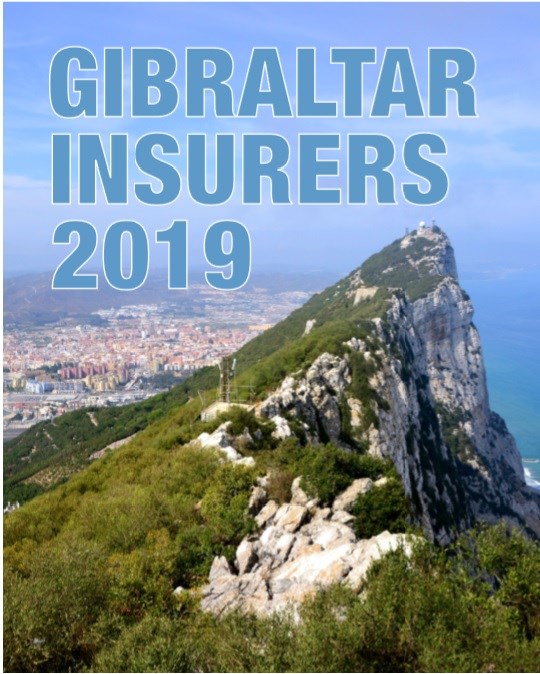Insurance Times analyses the financials of latest failed Gibraltarian insurer LAMP to find where it all went wrong
Take at the look at the numbers behind LAMP, and it was far from the most obvious candidate to become latest Gibraltarian insurer to apply for liquidation.
A look at the company financials in the Insurance Times Gibraltar Report earlier this year shows that of the 27 Gibraltarian insurers in the report, LAMP had the third highest solvency coverage ratio, at a healthy 237%.
LAMP emerged as the Gibraltarian insurer with the most healthy loss ratio at just 19%. It was one of only nine insurers to reduce its loss ratio for the year and was seemingly heading in the right direction.
Yet despite this, LAMP became the latest Gibraltarian insurer to submit its application to the Supreme Court of Gibraltar last week for the company to be placed in liquidation.
Costs
When analysing why, it’s key to note that LAMP did struggle with managing its costs.
It recorded the third highest expense ratio of the Gibraltarian insurers at 125%, pushing it into loss-making territory for the year, with a combined operating ratio of 145%, which was by no means the worst COR reported for 2018, but still a lot higher than the profitable 87% aggregate COR for the market as a whole.
But while LAMP did make a £2.5m underwriting loss for 2018, this was still a slight improvement on the £2.7m underwriting loss it made in 2017.
At a group level, it showed a stronger improvement, making a £2.3m loss in 2018, compared to a £4.3m loss in 2017.
Its Solvency and Financial Condition Report (SFCR) up to March 2018 stated that while the figures showed a deteriorating underwriting performance, that changes to the underlying business would position LAMP for improved results in the future.
Cash-flow
However, operating within a niche business model can create cash-flow issues.
LAMP was a provider of general insurance products including legal expenses, healthcare, and warranty insurance to policyholders in the UK, Europe and Asia.
The SFCR shows LAMP did put measures in place to manage its liquidity risk. This included holding assets as either cash or short-term deposits, and imposing budget limits and risk constraints to manage expenditure.
It said the business had forward forecasting of cash flows, asset values and maturity and liabilities, and matched its prospective forecast of inflows and outflows.
However, analysis of the SFCR shows that almost three quarters of LAMP’s value was held in insurance and intermediary receivables that it expected to be paid.
The SFCR gave its total value of assets at £37.28m, but £28.12m was made up of these receivables – over 73% of its value.
Only £216,000 was held in cash or cash equivalents, with £4.30m of its total assets classified as ‘not elsewhere shown’, which mainly consisted of inter-group debts and third-party claims floats.
Court battle
Reports have suggested that LAMP did suffer from cash flow problems, particularly in its healthcare business.
Law Gazette has reported that LAMP owned a fifth of the after the event (ATE) clinical negligence market, and that it was caught up in an ongoing three-year battle with the NHS over the proportion of damages to be recovered from defendant NHS trusts.
A solicitor told the publication that it was the “dogmatic approach” taken by the NHS that had created a funding hole for the likes of LAMP and put pressure on the whole ATE market.
NHS Resolution, the body’s litigation authority, responded that it has a duty to only pay sums which are “reasonable and proportionate”. A spokesperson said it had been settling claims from LAMP and others where the premiums are reasonable.
Financial strength not everything
Samantha Barrass, Gibraltar Financial Services Commission chief executive, spoke to Insurance Times earlier this year where she spoke about how the regulator handles insurer failures. She said that strong governance was key to helping insurers remain solvent.
“While financial strength ratings can be a useful barometer of the financial health of a firm, this does not in and of itself prevent rated companies from failing. This can still happen to both rated and unrated insurers,” she said.
“Studies of collapses or near-collapses during the financial crisis identified poor governance and lack of experience or staff knowledge as two main reasons for corporate failures.
“Our approach centres on ensuring that firms have both appropriate financial and non-financial resources.”
Protection
The regulator has launched a corporate governance principles thematic review, and, Barrass spoke of how insurers can protect themselves.
“Firms need to consider the stresses, the ease of, and barriers to, implementing any solutions, and the availability of additional capital if needed.
“Firms also need to consider early warning indicators of potential problems.
“By carrying out this exercise on an annual basis, and documenting this in the firms’ own risk and solvency assessments, firms should be well prepared to deal with unexpected issues and the types of market stresses which can occur.”
Last Monday the GFSC revealed LAMP directors submitted the application to be placed into liquidation because the insurer is insolvent and is unable to pay claims.
The hearing date is this Friday.
LAMP stated it has been exploring all options to obtain additional funding, including a sale, but at the time of writing no update has been given by LAMP to suggest such a solution is forthcoming.














































No comments yet